Full-frame cameras are the choice of many, but what do you gain by upgrading to one? Matt Golowczynski examines five reasons to go full frame.
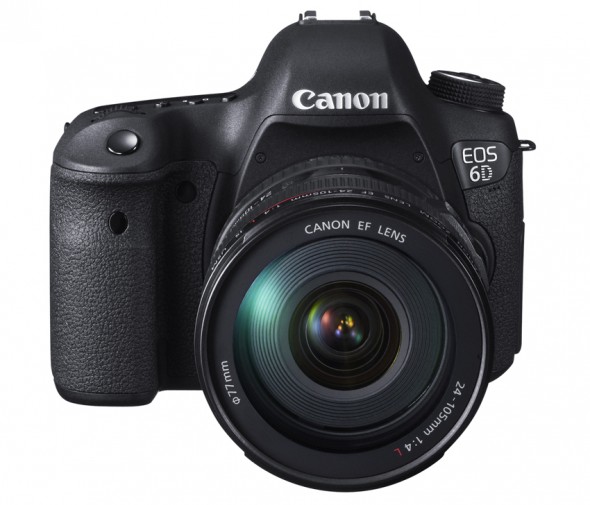
The Canon EOS 6D is a full-frame camera at the affordable end of the scale
Full frame cameras used to be out of the reach of many, their high price restricting them to the professional market. Today however, it’s possible to find full-frame models available for less than cropped-sensor alternatives, making them more accessible to more users.
So why exactly are they so coveted? There isn’t one single reason, more a range of advantages for certain styles of shooting. Here are the top five reasons why photographers go full frame and what benefits the format brings.
1. Flexibility between noise control and resolution
Every digital camera has a sensor that contains millions of pixels, and both the number of pixels and their size play a crucial part in determining the quality of the final image. It’s possible, for example, to find 20MP sensors on both full-frame and cropped-sensor cameras, but as the area of the full-frame sensor is larger, each pixel can also be made larger. But why is this important?
Cameras with larger pixels will typically produce better quality images at high ISO sensitivities than cropped-sensor cameras. This is because a larger pixel captures a higher proportion of light compared to unwanted noise, resulting in a cleaner image. So, while a cropped-sensor camera may only shoot at a maximum ISO setting of 12,800, a full-frame one may increase this to ISO 25,600, and have further settings equivalent to ISO 102,400. Therefore, not only do full-frame users benefit from better image quality at higher ISO settings, they can also carry on shooting as light levels fall.
Another benefit of a larger sensor is that it provides scope for increasing the number of pixels while still keeping them relatively large, which helps with resolution – the extent to which fine details can be recorded. At lower sensitivities, it’s sometimes possible for cropped-sensor cameras to record the same amount of detail as full-frame cameras that have the same number of megapixels, but as ISO sensitivity rises, it will typically be the full-frame camera that can hold onto detail better in the face of noise.
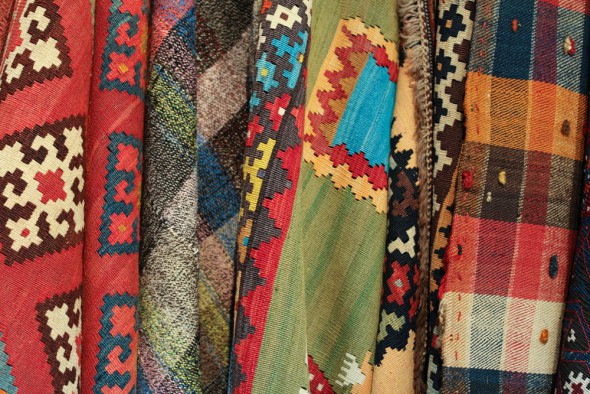
Full-frame sensors with a high number of megapixels are useful when aiming to capture very fine details and when cropping severely, while those with a lower number of megapixels are more suitable for low-light conditions.
2. Dynamic Range
The other key benefit of full frame concerns dynamic range. Smaller pixels can fill up with light faster than larger ones, and this has a direct effect on the detail in that part of the image, making it more likely fine details will be lost. It’s the same at the other end in shadow areas; smaller pixels will typically be more troubled by the ratio of noise to the light captured, meaning that it’s difficult for the camera to record darker details as they appear without recording this noise too.
This difference between the darkest shadow details and the brightest highlight details a sensor can record is commonly known as the dynamic range. Cameras with a wide dynamic range are better equipped to capture the full extent of a scene with a range of shadows, midtones and highlights than those with a narrower one.
When capturing landscapes, for example, cameras with small and/or very populated sensors may be able to capture all the details in the darker and midtone areas of land accurately but fail to record fine details in the sky, instead rendering them as pure white. Alternatively, they may record all the detail in the brighter areas without issue, but fail to do the same in darker regions.
A wider dynamic range means a camera is better able to capture details in both at the same time, meaning its images are more true to life. Dynamic range isn’t something that is solely defined by the size of a sensor’s pixels, but the pixels do play a significant role in determining it.
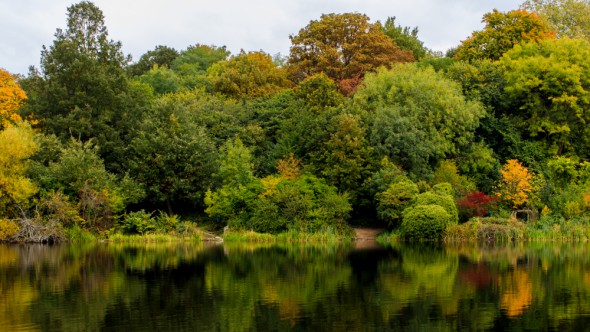
Landscapes present a challenge in that there are bright and dark areas to record at the same time. Cameras with a wide dynamic range, such as full-frame cameras with a modest pixel count, cope better with such scenes.
3. No change to effective focal length
One of the more significant differences between cropped-sensor and full-frame bodies is that cropped-sensor cameras apply what’s called a “crop factor” to lenses.
Cropped-sensor cameras use a smaller part of the lens to create the image, meaning that the effective focal length provided by the combination is longer than it would be were the same lens used on a full-frame camera. So, images captured with a 50mm lens would appear as though they were actually captured by an 80mm one, while those captured with a 100mm lens would look as though they were captured on a 160mm one.
For some subjects, this extra reach may be a bonus, but if you shoot landscapes, architecture or anything else that typically calls for a wide-angle lens, it may be a hindrance. Using a 17-40mm lens on a full-frame body, for example, allows you to capture these kinds of subjects with the same wide-angle view as you would on a 35mm film SLR, but as soon as you place the same lens on an APS-C camera, your effective focal length jumps to around 27-64mm. This means you can’t quite fit as much into the scene.
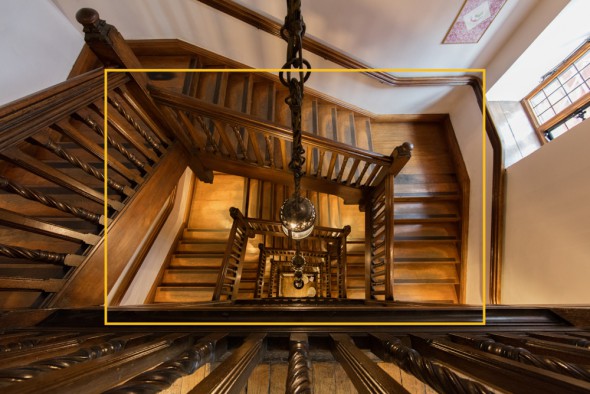
The above image was captured on a full-frame Canon DSLR. The yellow box indicates how much of the peripheries would be cropped away from the image were the same lens used on an APS-C camera.
4. Depth of field control
One of the main advantages of full-frame cameras is greater flexibility when it comes to depth of field. In short, it’s easier to achieve shallow depth-of-field effects with a full-frame camera than it is with a cropped-sensor body, giving you more flexibility when it comes to placing emphasis on your subject.
This means portrait photographers can separate their subject from their background to a greater extent, while wildlife photographers can do the same with animals in the distance. Although this can be achieved with cropped-sensor and full-frame cameras alike, it’s easier with full frame.
This also means that you don’t necessarily need to use expensive lenses with particularly wide apertures, although if you do choose to do so you can isolate your subject from its surroundings to an even greater extent.
Of course, this benefit extends to video capture too, allowing you not just to direct the viewer’s attention to the subject of your choosing, but also to shift focus from one subject to another with a more pronounced effect.
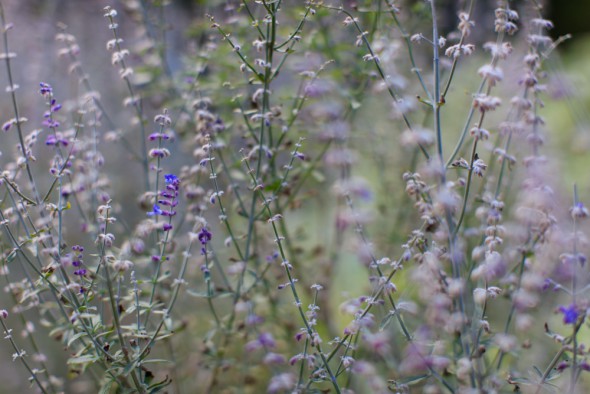
5. Pro bodies = pro features
Full-frame cameras may have their sensor as their primary selling point, but as they are aimed towards the enthusiast and professional end of the market, they will typically also offer much more functionality elsewhere compared to more junior cameras.
In contrast to the largely polycarbonate bodies of cropped-sensor cameras, full-frame models are often constructed from more solid magnesium alloy. It’s also common for full-frame cameras to be weather-sealed, meaning they can be used in more demanding conditions and their shutters will likely last longer.
Full-frame bodies will typically offer more advanced focusing systems, with a greater number of AF points and better sensitivity in low light, as well as more accurate metering and white balance. It’s also common to find a greater range of customisation options, allowing you to assign functions of your choosing to specific buttons around the body. Full-frame models are also the choice of many videographers, and will typically offer a greater degree of manual control over exposure and audio recording than cheaper models.
Most full-frame bodies have secondary LCD screens on their top plate, which display key shooting and exposure information. These screens have small lamps built into them so that you can carry on using them at night.
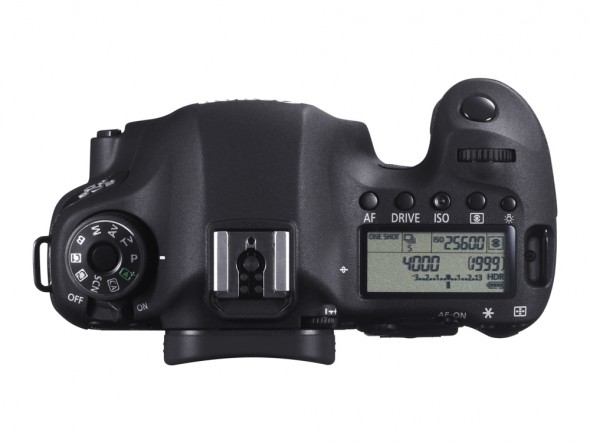
About the Author
Matt Golowczynski is a London-based photographer and technical journalist who has written for a range of print and online magazines. For more information and to see more of his work visit his website.

